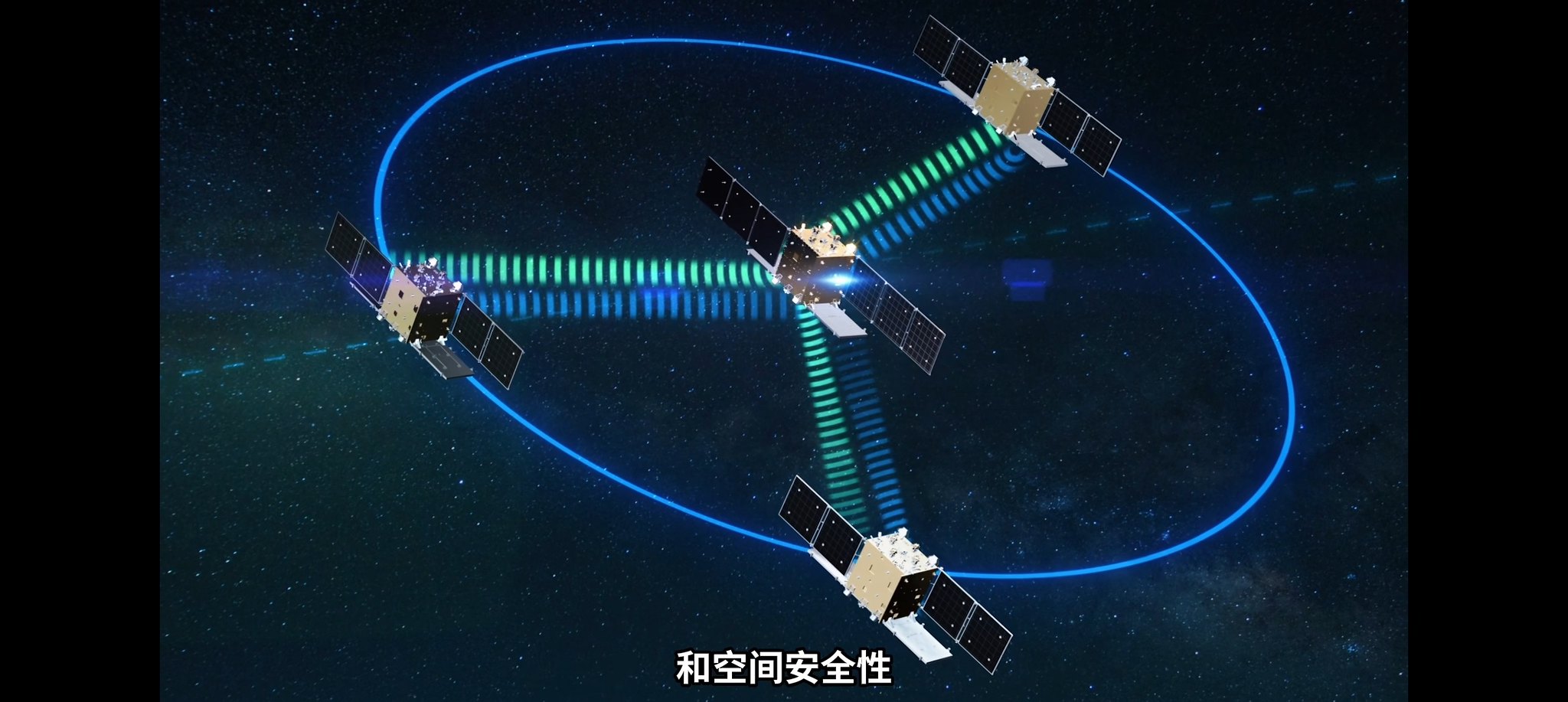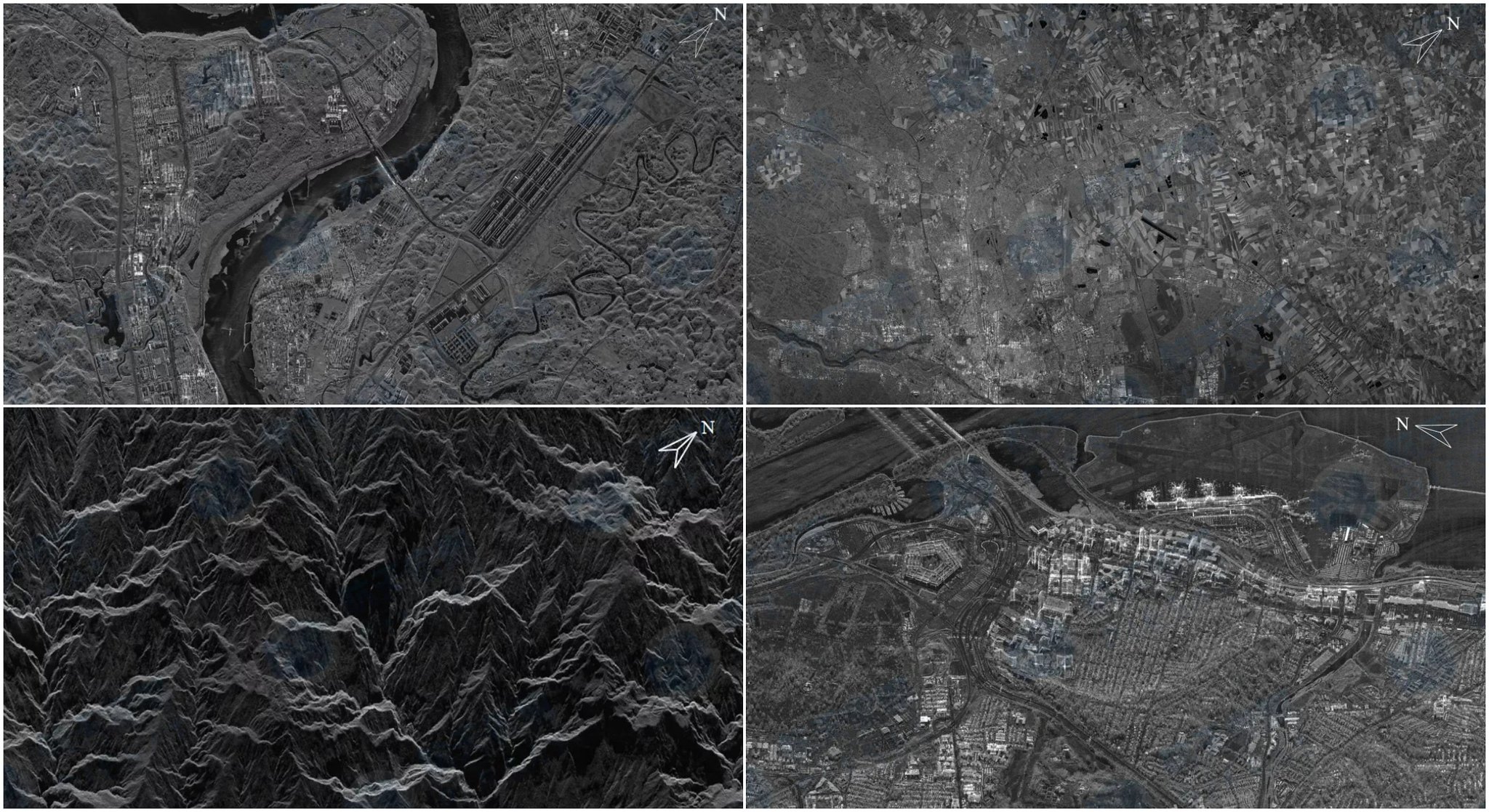You are using an out of date browser. It may not display this or other websites correctly.
You should upgrade or use an alternative browser.
You should upgrade or use an alternative browser.
China's Space Program Thread II
- Thread starter Blitzo
- Start date
by78
General
Some presentation slides on the Miyin (觅音) project. A large distributed aperture space telescope will be deployed to hunt exoplanets suitable for human habitation. Technology verifications satellites will be launched beginning in 2024, and a basic form of the telescope will be constructed by 2030. The telescope will also be very useful for studying our own solar system as well as other subjects such as black holes and stellar formations, etc.






by78
General
Speaking of space arrays, here's an on the Hongmeng Project (鸿蒙计划), a proposed plan to study the using a large space array (of nine satellites) placed in lunar orbit.




Abstract: In this paper we describe a low frequency radio astronomy mission known as the DSL project (also “Hongmeng Project” in Chinese). It is an interferometer array made up of a formation of satellites in a lunar orbit, which makes ultralong wavelength observations in the part of orbit behind the Moon. The scientific objectives include making high precision measurement of the global spectrum, probing the cosmic dawn and dark ages; realizing ultra-long wavelength sky survey with a high resolution for the first time, opening up the last unexplored electromagnetic window; monitoring the radio activity of the Sun and planets, analyzing their interactions in the interplanetary space. The mission will obtain the whole sky map in the ultralong wavelength, and provide information on the intensity, spectrum and distribution of ultralong wavelength radio sources. It has great scientific value for the exploration of the cosmic dark ages and cosmic dawn, and investigations on the interstellar medium, origin and propagation of cosmic rays, extragalactic radio galaxies and quasars, evolution of clusters and groups of galaxies, solar activities, and planetary magnetic field.




by78
General
An on extending the mission of Tianwen-1 Mars orbiter to include remote observation of Mar's moon Phobos. A machine translated version is attached to this post.

Abstract: In this paper, the mission orbit design and analysis of a potential extended mission, Phobos close approach exploration, was carried out. The state at the end of the main mission was used as the input of the extended mission in this paper. Through analysis, it was concluded that Mars perturbation force could be used to adjust the argument of perigee, and the intersection frequency was related to the value of semi-major axis and eccentricity. Orbit descent maneuver should be performed to increase the number of intersections. As a result, the possibility of conducting aero-braking in order to reduce fuel consumption was analyzed. Finally, phase adjustment maneuver was calculated to complete the Phobos close approach exploration mission. The orbit design results and the velocity increment are given by simulation. The results of this paper can provide reference for orbit design of Tianwen-1 orbiter’s extended missions.
Highlights
● Under the condition that the remaining fuel of Tianwen-1 Mars orbiter was considerably limited and the Orbiter could not be directly transferred to the orbit of Phobos, this paper utilized Mars perturbation force in adjusting the argument of perigee to make the orbit of the orbiter intersect with the orbit of Phobos.
● The intersecting frequency between the orbit of Tianwen-1 Mars orbiter and Phobos is related to the value of semi-major axis and eccentricity. The intersecting frequency can be maximized by designing appropriate orbital parameters.
● In order to complete the close approach detection of Phobos, the orbiter has to maneuver from the remote sensing orbit to the extended mission orbit. The Mars aero-braking is adopted as the orbital descent maneuver strategy, which can reduce fuel consumption by 80%.
● By designing an appropriate phase adjustment orbit period, the phase adjustment velocity increment can be controlled to within 10 m/s under the worst conditions of approach detection phase.

Attachments
by78
General
Abstract: Landforms on the Martian surface are critical to understanding the nature of surface processes in the recent past. However, modern hydroclimatic conditions on Mars remain enigmatic, as explanations for the formation of observed landforms are ambiguous. We report crusts, cracks, aggregates, and bright polygonal ridges on the surfaces of hydrated salt-rich dunes of southern Utopia Planitia (~25°N) from in situ exploration by the Zhurong rover. These surface features were inferred to form after 1.4 to 0.4 million years ago. Wind and CO2 frost processes can be ruled out as potential mechanisms. Instead, involvement of saline water from thawed frost/snow is the most likely cause. This discovery sheds light on more humid conditions of the modern Martian climate and provides critical clues to future exploration missions searching for signs of extant life, particularly at low latitudes with comparatively warmer, more amenable surface temperatures.
by78
General
(Continued from above...)
More on the four Hongtu-1 (宏图一号) satellites mentioned in the post above.
The four satellites are X-band interferometric SAR (InSAR) remote-sensing satellites. In a world's first for InSAR satellites, they will be orbiting the Earth in a hub-and-spoke formation, in which three daughter satellites are distributed around the mother satellite at a distance of only a few hundred meters. The formation has the ability to survey non-polar regions at a scale of 1:50000, with sub-meter imaging resolution.
These four satellites are part of the Nuwa (女娲) constellation, which is planned to grow to 38 satellites (28 radar + 10 optical). More on the Nuwa constellation in the next post.



The Hongtu-1 InSAR satellites launched last month have sent back first images.


by78
General
A small 1U (10cm x 10cm x 10cm) , intended for on-orbit servicing of satellites, debris removal, and assembly/manufacturing.


Miniaturized, multifunctional, and economical on-orbit service satellites have been increasingly used with the continuous increase of space exploration missions. In this paper, an innovative deployable manipulator is designed, named Cubot, which can be stowed in 1 U-sized (10 cm × 10 cm × 10 cm) space. With CubeSat as the carrier, the deployable Cubot aims to achieve a variety of on-orbit operation tasks including space debris removal and space station on-orbit maintenance, for future on-orbit servicing, assembly, and manufacturing (OSAM). A kinematics modeling method of a space manipulator with passive joints is proposed, and the motion equation of the manipulator is derived. Considered the elastic potential energy stored in the passive joint during deployment, the momentum change of Cubot is simulated and analyzed. As the main forced element, the end effector is analyzed using FEA. Dynamic stress response with respect to the force distribution and the clamping angle is analyzed to evaluate mechanical performances of the end-effector component. Deployment tests are conducted to verify the feasibility of Cubot based on a principled prototype, which aims to provide engineering and practical experience for the development of this field.


I have been reading this thread and I totally agree. People that dont have to be responsible for human lives and risk management want everything yesterday. Why is it better to bet on some exotic, rushed, unproven designs that may mean a few dead taikonauts? They say one of the differences between the East and the West is the West cares more about the process while the East more about the end result. Launchers are just transports. Nothing wrong with using older stuff if that gets the job done not to mention China's space industry exploded in both depth and breath in recent years so much that it is hard to track. Have a bit patience. The rate China is catching up and spreading out is more than impressive enough. I still remember when Japan was way ahead. Chinese illustrators also have tendencies to be lazy.What complacency? China put the LM-5 and LM-7 into service. They built a new launch site at Hainan island. They sent astronauts into space with their own space capsule, and they made their own multi-module orbiting space station. They sent robotic missions to the Moon and Mars. You clearly have no idea what you are talking about.












